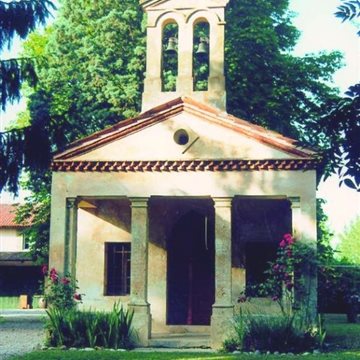 Lorenza Cesaratto
Lorenza Cesaratto
Aquileia, a treasure chest
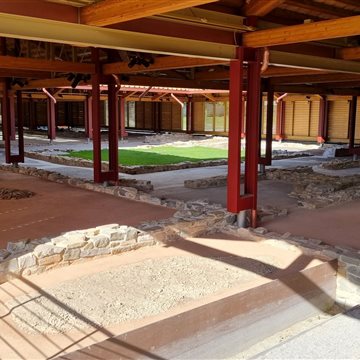



During the Trieste Film Festival, which this year reaches its twenty-ninth edition, I took part in a film walk that made me discover some historical places in the city from another perspective: that of cinema.
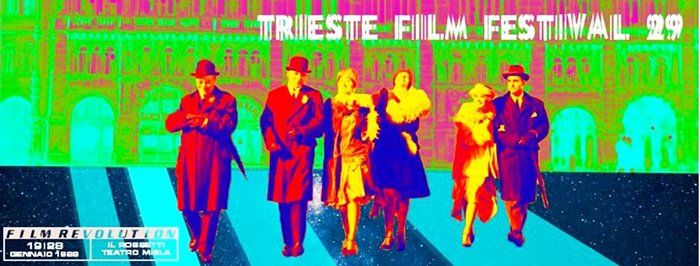
HISTORICAL BACKGROUND
Trieste has a long tradition with cinema: the first screening took place in July 1896 at the old Teatro Fenice. The passion for film spread so quickly that as early as 1909 there were as many as 21 permanent cinemas in the city. From those years to the present several directors have chosen it as the ideal location for filming; about fifty films have been shot in this capital of Friuli Venezia Giulia.
THE WALK
Are you ready? Then let's start.
The walk began in the area in front of the Politeama Rossetti and led to the Muzio De Tommasini Public Garden, the most important park of ??the city. It was a Sunday morning, the place was secluded, and only the chirping of the birds could be heard as they danced from one branch to another of the plane trees, elms, oaks, and horse chestnuts. We walked along the paths amid small pools, sculptures of famous people and well-kept flower beds of laurel, holly and privet. It was in this little paradise that some scenes of two films based on novels by the Triestinee writer Italo Svevo were shot: “Senilità” by Mauro Bolognini with Claudia Cardinale and “La Coscienza di Zeno”.
Leaving behind the austere Synagogue, we stopped at the old Caffè San Marco in via Battisti, which for over a century has been a traditional meeting and in recent years has also become a bookshop and cultural centre. After sipping a delicious coffee, we learned that scenes of different films were shot in this room, including Tinto Brass's “Paprika” starring Debora Caprioglio.
Viale XX Settembre has always been considered the street of cinemas, from the historic Excelsior (which is no longer there) to other permanent venues. Walking along the pedestrian precinct bordered by plane trees, maples and lime trees, we looked up from time to time and admired the Central European architectural features of some buildings, with suspended balconies and wooden shutters. In this street, several scenes of “La Sconosciuta” by Giuseppe Tornatore and “Le Stade de Wimbledon” by French director Mathieu Amalric were shot.
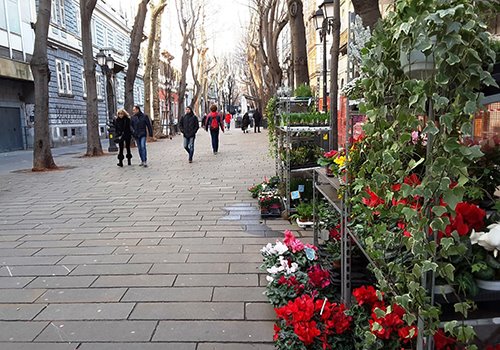
After walking past the covered market in via Carducci, where the Slovenian but Trieste-born director, Martin Turk, shot some scenes of his film “Feed Me With Your Words”, we headed to the last stop of our visit: Piazza Goldoni.
Several roads lead off from this square towards the sea, which is clearly visible in the distance. Here some scenes of “La Forza del Passato” by Piergiorgio Gay were shot, while the nearby Galleria De Sandrinelli has been used both by Peter Del Monte for his “Giulia e Giulia” and by Gabriele Salvatores for “Il Ragazzo Invisibile”.
Find out about the ideas and offers for this experience in Friuli Venezia Giulia
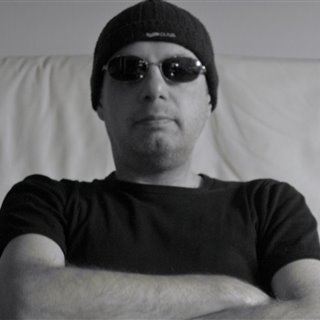
 Lorenza Cesaratto
Lorenza Cesaratto

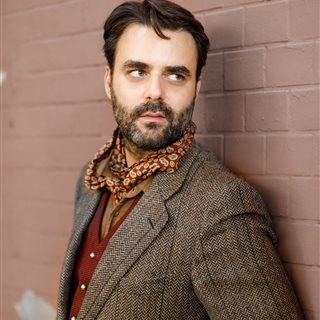 Giovanni Morassutti
Giovanni Morassutti

 Giovanni Morassutti
Giovanni Morassutti
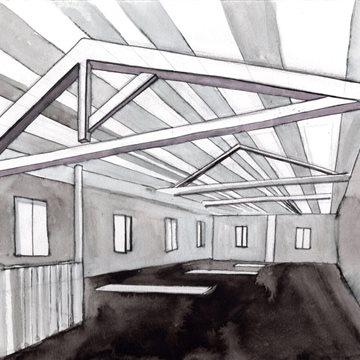
 Giovanni Morassutti
Giovanni Morassutti
